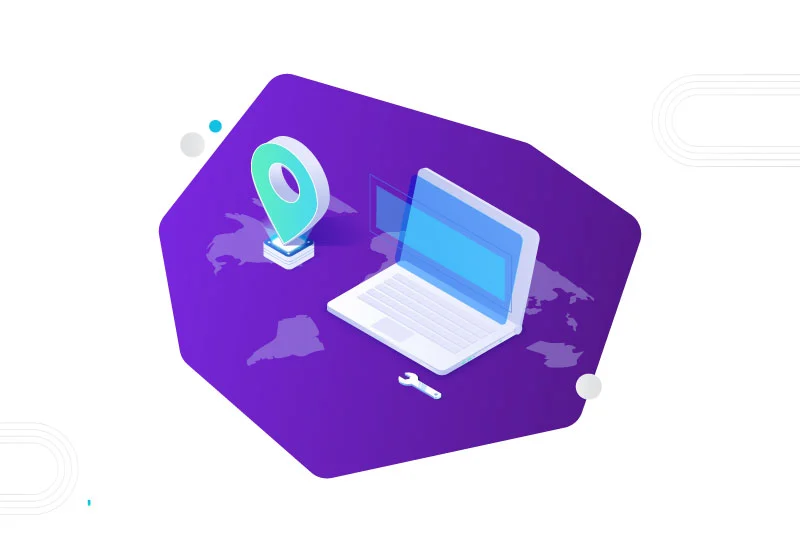Are you tired of not being able to access certain websites or online content due to location restrictions or firewalls? Or are you concerned about your online privacy and security when browsing the web? If so, you may have heard the term “static proxy” being thrown around as a potential solution. But what exactly is a static proxy and how can it help you overcome these issues?
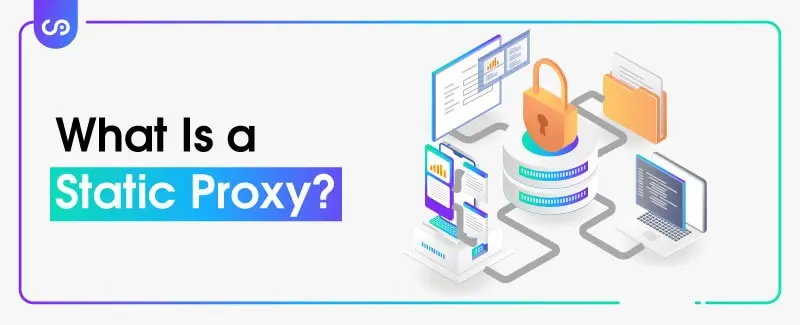
In this article, we’ll dive into the world of proxy servers and explain What Is a Static Proxy, how it works, and its benefits and use cases. So, if you’re curious about the world of proxies and want to learn more about static proxies, keep reading!
What is a proxy server?
Before we delve into the world of static proxies, it’s important to understand what is proxy and how it works. At its core, a proxy server is an intermediary between your device and the internet. When you connect to the internet through a proxy server, your device sends its requests to the server, which then forwards them to the websites or servers you want to access. The websites or servers then send their responses back to the proxy server, which in turn sends them back to your device.

There are several reasons why someone might use a proxy server. First and foremost, a proxy server can help improve your online security and privacy by masking your IP address and encrypting your data. Additionally, it can help you bypass geographical restrictions or content filters that might be in place, allowing you to access websites or content that might otherwise be blocked in your region.
Overall, a proxy server can be a valuable tool for anyone looking to enhance their online security, privacy, or access to online content. But what exactly is a static proxy and how does it differ from other types of proxy servers? Let’s find out in the next section.
What is a static proxy?
So, what is a static proxy and how does it differ from other types of proxy servers? Unlike dynamic proxies that use multiple IP addresses and change them frequently, a static proxy uses a single IP address that remains constant over time. This makes it an ideal solution for certain use cases, such as accessing geo-restricted content or managing multiple accounts on social media platforms.
One of the key benefits of using a static proxy is that it can help you bypass geographical restrictions more effectively. This is because the IP address of the static proxy remains the same, which makes it easier for websites or servers to verify your location and grant you access to content that might otherwise be blocked in your region.
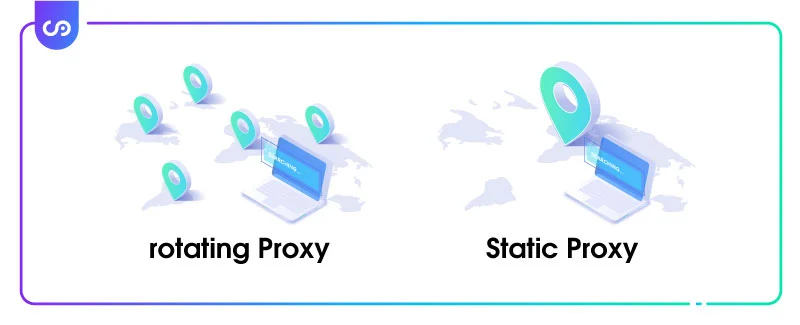
Another benefit of using a static proxy is that it can help you manage multiple accounts on social media platforms more easily. By using a static IP address, you can ensure that each account is associated with a unique IP address, which can help prevent those accounts from being flagged or banned for suspicious activity.
Overall, a static proxy can be a valuable tool for anyone looking to enhance their online security, privacy, or access to online content. In the next section, we’ll explore some common use cases for static proxies and how they can benefit you.
Dynamic vs. Static Proxies
In the intricate realm of proxy servers, two prominent players take the stage: dynamic proxies and static proxies. While they both serve as intermediaries between clients and servers, their underlying characteristics set them apart in significant ways. Let’s delve into the nuances of dynamic and static proxies, shedding light on their distinctive attributes.
Dynamic Proxies: The Shifting Shadows
Dynamic proxies, akin to chameleons of the proxy world, possess a remarkable trait – their IP addresses undergo a transformation with every request they facilitate. Picture this: with each interaction between a client and a server, a dynamic proxy adorns a new identity, much like a performer donning a different costume for each act. This dynamic IP rotation provides a cloak of anonymity, rendering it challenging for external entities to trace the origin of the requests back to the original user.
This constant change of IP addresses proves invaluable in scenarios where concealing identity is paramount. However, the fleeting nature of dynamic proxies can also present challenges in establishing consistent connections or maintaining certain forms of access control.
Static Proxies: The Steadfast Sentinels
On the other end of the spectrum, static proxies stand as stalwart sentinels guarding their assigned IP addresses. These IP addresses remain steadfast and unchanging, akin to landmarks in the vast landscape of the digital domain. Static proxies are akin to the loyal watchmen who guard a castle gate, offering a predictable and unwavering presence.
The fixed IP addresses of static proxies can be advantageous in specific situations. They ensure stable and consistent connections, making them ideal for tasks requiring prolonged interactions or sustained data transfers. This reliability proves particularly valuable in contexts such as web scraping, where a constant presence is essential to gather accurate and comprehensive data over time.
In Summation: Bridging the Gap
The chasm between dynamic and static proxies is defined by the fluidity of IP addresses versus the constancy they exhibit. Dynamic proxies excel in preserving anonymity and thwarting identification, with their ever-changing nature acting as a shroud. Static proxies, on the other hand, shine as beacons of stability, embracing fixed IP addresses to facilitate unwavering connections.
Understanding the nuances of these proxy types is vital in selecting the right tool for the job. The dynamic proxies’ cloak of anonymity might suit activities that require evading detection, while the static proxies’ dependable presence is a boon for applications that demand reliability. By discerning the essence of each proxy type, you can harness their potential to navigate the intricate pathways of the digital realm effectively.
Use cases for static proxies
Now that you understand what is a static proxy and how it works, let’s explore some common use cases for this type of proxy server.
- Accessing Geo-Restricted Content: As mentioned earlier, a static proxy can be an effective tool for bypassing geographical restrictions on content. For instance, if you’re traveling to a country where certain websites or streaming services are blocked, you can use a static proxy with an IP address located in a different region to access that content.
- Online Privacy and Security: Using a static proxy can help improve your online privacy and security by masking your IP address and encrypting your data. This can be particularly useful if you’re concerned about cyberattacks, online tracking, or censorship.
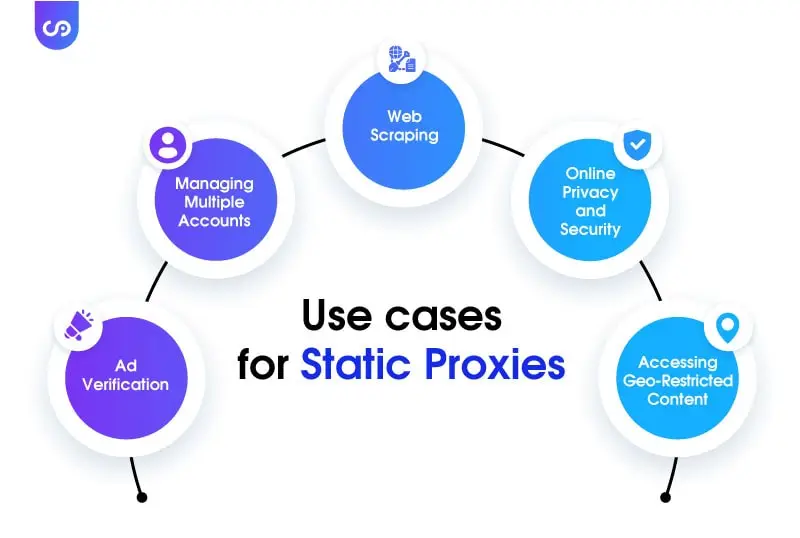
- Managing Multiple Accounts: If you manage multiple social media accounts, a static proxy can be a useful tool for ensuring that each account is associated with a unique IP address. This can help prevent those accounts from being flagged or banned for suspicious activity.
- Web Scraping: Web scraping refers to the process of extracting data from websites. If you’re a developer or researcher who needs to scrape data from multiple websites, using a static proxy can help you avoid getting blocked or flagged for suspicious activity.
- Ad Verification: Ad verification refers to the process of verifying that online ads are being displayed correctly and reaching their target audience. If you’re an advertiser or publisher, using a static proxy can help you ensure that your ads are being displayed correctly in different regions.
These are just a few examples of the many use cases for static proxies. Overall, using a static proxy can help you overcome a range of online obstacles and improve your online experience.
How to set up a static proxy
Now that you know the benefits of using a static proxy, you may be wondering how to set one up. Here are the general steps to set up a static proxy:
- Choose a reliable static proxy provider: There are many proxy providers out there, but not all of them offer static proxies. Look for a provider that offers static proxies and has a good reputation for reliability and speed.
- Purchase a static proxy: Once you’ve found a reliable provider, you’ll need to purchase a static proxy plan. Choose a plan that fits your needs in terms of bandwidth, number of connections, and pricing.
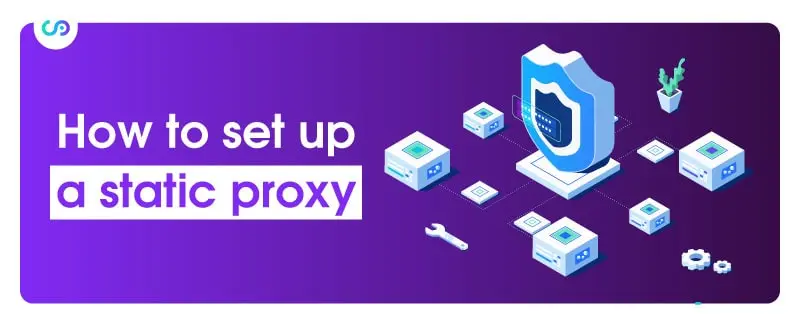
- Configure your device or application: Once you’ve purchased your static proxy plan, you’ll need to configure your device or application to use the proxy. The exact steps will depend on the device or application you’re using, but generally, you’ll need to enter the proxy server’s IP address and port number in the network settings.
- Test your connection: After configuring your device or application, you should test your connection to ensure that it’s working properly. You can do this by visiting a website that shows your IP address, such as whatismyip, and verifying that it shows the IP address associated with your static proxy.
- Start using your static proxy: Once you’ve confirmed that your connection is working properly, you can start using your static proxy to access content, manage social media accounts, scrape data, and more.
It’s important to note that setting up a static proxy may require some technical knowledge, so if you’re not familiar with networking and proxies, you may want to seek assistance from a professional or a friend who is more experienced. With a bit of setup, a static proxy can be an effective tool for enhancing your online experience and achieving your online goals.
Conclusion
In conclusion, a static proxy is a type of proxy server that offers a fixed IP address and remains constant throughout the session. Unlike dynamic proxies, static proxies provide more stability and reliability, making them an ideal choice for certain use cases such as accessing geo-restricted content, online privacy and security, managing multiple accounts, web scraping, and ad verification. While setting up a static proxy may require some technical knowledge, it can be a valuable tool for enhancing your online experience and achieving your online goals. So next time you come across the question “What Is a Static Proxy?”, you’ll have a clear understanding of its definition, benefits, and use cases.
FAQs
What is a static proxy used for?
A static proxy is used for various purposes, including accessing geo-restricted content, improving online privacy and security, managing multiple accounts, web scraping, and ad verification.
How does a static proxy differ from a dynamic proxy?
A static proxy differs from a dynamic proxy in that it offers a fixed IP address that remains constant throughout the session, while a dynamic proxy provides a different IP address for each request.
Can I create my own static proxy server?
Yes, you can create your own static proxy server using a VPS or dedicated server and configuring it to act as a proxy server.
How do I configure my device to use a static proxy?
To configure your device to use a static proxy, you need to enter the proxy server’s IP address and port number in the network settings of your device or application. The exact steps may vary depending on the device or application you’re using.

